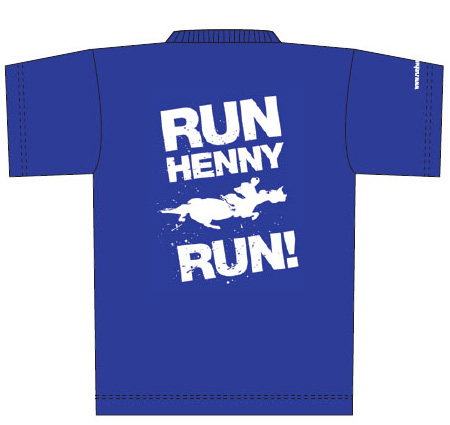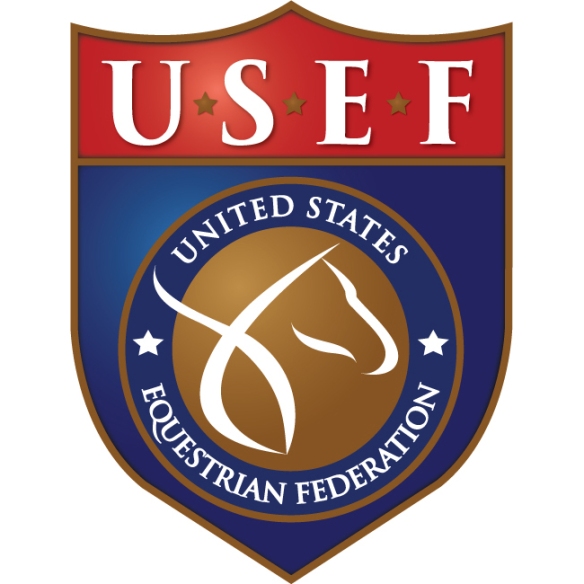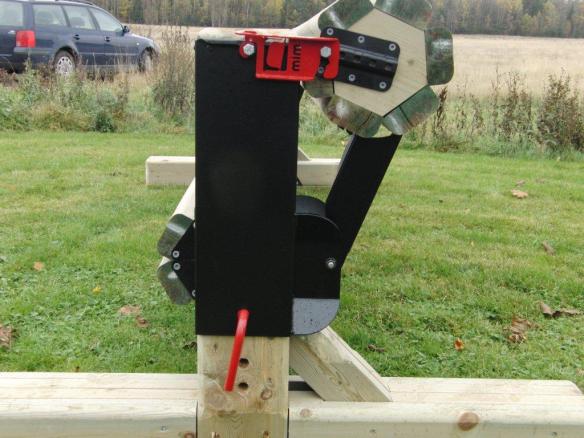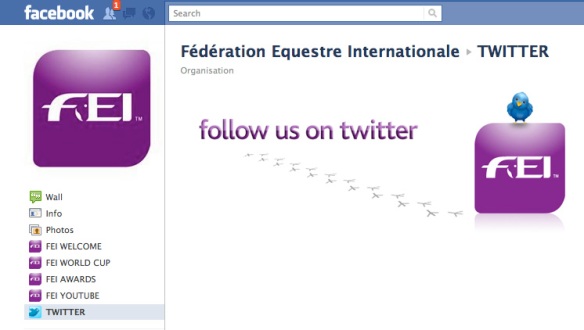I heard yesterday, the Cross Country frangible device industrial standard has been completed. I can’t find it yet on the FEI website, but I will be seeking it out and will bring it to you as soon as I can.
[UPDATE] I have now heard from two separate sources there is a problem with the standard as of the devices tested by TRL (TRL helped develop the Frangible Pin) only the Swedish Mim NewEra clip passed the specification. Secondary testing is underway, apparently.
I cannot confirm this elsewhere.
It appears some statement was made as TheHorse.com have a story which looks to have originated from an FEI Press Release, which I am also unable at this stage to get my hands on.
It includes this information
As of Jan. 1, 2012, all “frangible and deformable structures and devices”–or breakaway jumps–used in FEI competitions have to adhere to a set of standards developed by an FEI Eventing Committee task force and the Transport Research Laboratory (TRL), an “internationally recognized research consultancy,” said Catrin Norinder, director of eventing at the FEI, which is based in Lausanne, Switzerland.
The fences are designed to give way under impact to prevent serious injury. However, if the fence does break apart, the rider is significantly penalized (21 penalty points), Norinder said. To maintain fairness of the competitions, it is critical that the obstacles always break under the same amount of force for all jumps, competitors, and competitions, she said.
“The (new) industrial standards have been put in place to ensure the constancy of the breakability,” Norinder said.
The FEI recognizes what they call a “critical load”–meaning the amount of force necessary to cause the jump to break apart. The frangible devices are considered to be “activated” when this critical load is reached, according to Norinder.
Special pins and clips can hold fence rails in place but will “let go” when the critical load is reached. Styrofoam structures, such as the Prolog device, are engineered to deform or collapse under the critical load. The FEI approved frangible fences several years ago, but it was at the 2011 General Assembly that the organization announced that industry standards would be applied, Norinder said.
I am now even more intrigued.
I am sure there is much more to come and will update as I hear more.
J






